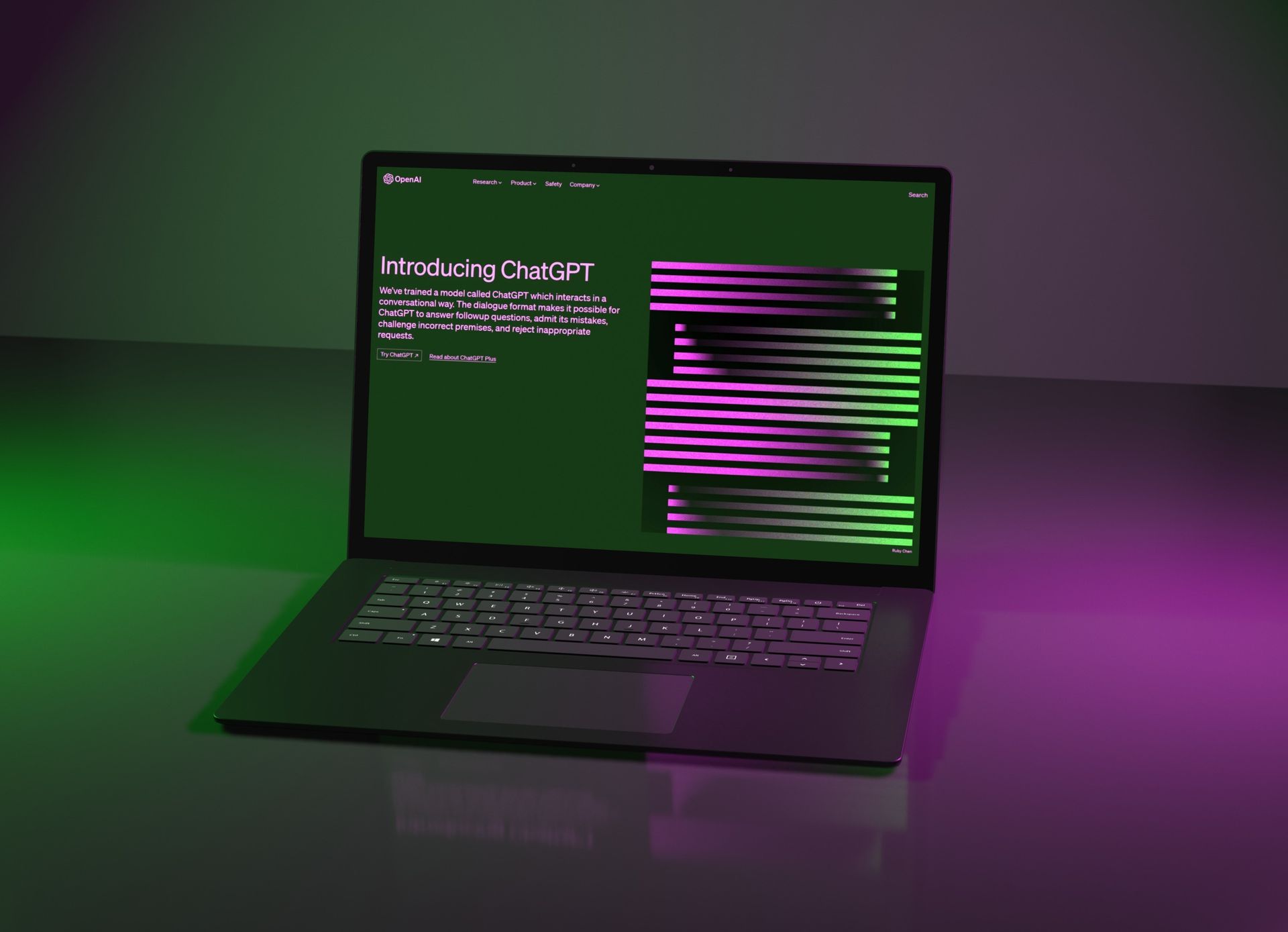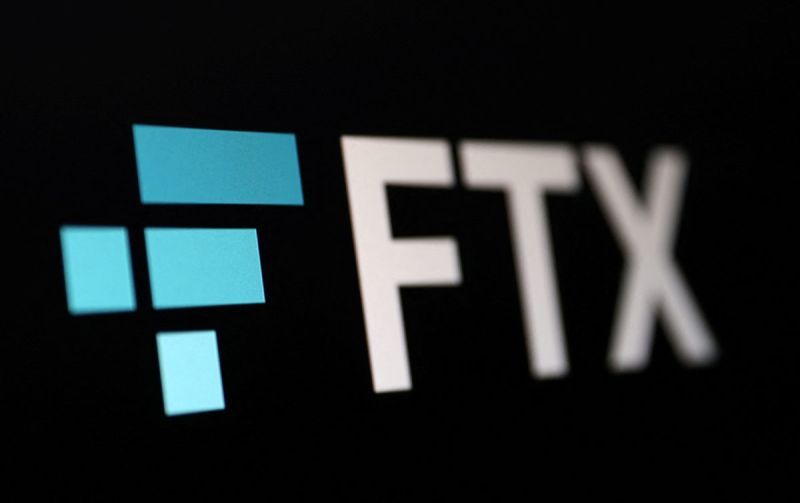Developing Accountability for Organizations Driven by Purpose
Stay up-to-date on trends shaping the future of governance.
by William Frater, Lea Esterhuizen and David Porteous
Understanding stakeholder expectations is central to the formation of an organization’s purpose. It is also central to remaining true to that purpose over time, and being accountable to stakeholders for doing so. But in practice, how can companies understand the expectations of large diverse groups such as consumers or suppliers, or indeed, employees? Large listed companies often find it hard enough to track and manage the expectations of diverse shareholder groups, activist and passive, without adding even more complexity to the picture. In this blog, we cite an example already in use for monitoring working conditions, which was started by one of us, in order to make a wider point: it is now both feasible and desirable that organizations intentionally monitor the expectations of their stakeholder groups on an ongoing basis, particularly for organizations with large scale interfaces across the society, as in the emerging category known as digital public infrastructure.
Who are stakeholders? The ISO37000 context
Within the broad category of stakeholders affected by an organization’s actions, the new ISO37000 standard on organizational governance identifies two groups. First, member stakeholders who have a legal obligation or defined right to make decisions in relation to the governing body and to whom the governing body is required to account for both its performance and the organization’s outcomes. And second, reference stakeholders to whom the governing body has decided to account when making decisions relating to the organization’s purpose.
The treatment of stakeholders is at the center of an organization’s culture. A positive culture grows from ethical and effective engagement behaviors and practices which respect stakeholder rights. This is core to the organization’s public reputation and brand. The trust earned from stakeholders is fundamental to long term success and even to maintaining a license to operate in society.
The governing body takes a central role in identifying relevant stakeholder groups and defining the organization’s relationships with them. The governing body has to ensure that the expectations of stakeholders are understood through continually engaging with them and being accountable for the organization’s intentions, performance and impacts. This requires an engagement strategy beyond any mandated in the law or in the founding documents of the #5174f0organization.
One route: board representation
A typical way of incorporating stakeholders explicitly is to appoint stakeholder representatives to the governing body. In the European system of corporate governance, supervisory boards must comprise representatives of workers, creditors and other defined stakeholder groups. However, in most other jurisdictions, shareholders elect board directors in private companies and they may choose to elect directors who represent specific constituencies. In many public bodies, there may be a requirement that appointees are drawn from specific constituencies.
But is this sufficient? And can it work in practice? Once appointed and when fulfilling their fiduciary duties, all directors are required to have loyalty to the organization rather than the constituency that they may represent, overruling any explicit representative function. Anyway, who resolves conflicts which may arise among stakeholder needs or interests? There is a risk that a governing body may be split by constituency-based intransigence that may have a destructive impact on the entity and on its ability to serve all its stakeholders. This is a failure in the governance system, for which the governing body members would be liable.
Diversity of membership helps to bring a wide range of perspectives to a governing body: the understanding of its context, the articulation of purpose, devising a strategy that will generate value, embracing opportunities, careful oversight and risk management, and interpreting outcomes. In fulfilling these functions, the governing body should take stakeholder expectations into account on a continuous basis. In order to do this, the governing body needs to commit to a credible and informed process of engagement to ensure that they can get the most accurate understanding of stakeholder expectations as possible. The best role that a constituency-appointed member of a governing body can play is to ensure the integrity and relevance of the engagement, rather than being the lone voice of the constituency.
The alternative: tech-enabled stakeholder engagement
Even when stakeholders constitute a large, diverse and dispersed population, stakeholder engagement is now not only feasible but actively being practiced. Thanks to the new generation of tech-enabled solutions now available, organizations such as those delivering digital public infrastructure have a relatively simple, cost-effective means of remaining up-to-date with changing stakeholder expectations and needs.
How do such systems work? Mobile penetration is now an assumption rather than aspiration, even in the most resource-poor environments. Stakeholder engagement systems powered by mobile engagement simply use existing mobile communication channels, often piggy-backing on well-used social media channels to inform the stakeholder population on the engagement opportunity, benefits and incentives to reach, recruit and engage with stakeholders. Once stakeholders have accepted the invitation to engage, further encouraged by incentives designed to attract interest, the system essentially surveys the sample of stakeholders that have opted in or consented to engage and provide feedback at regular intervals.
This survey process generates insights that drop onto easy-to-read digital dashboards. Management and boards can view stakeholders’ current priorities and expectations, get feedback on existing services, and provide information to stakeholders on proposed changes/new services, future strategies, how the organization has met expectations and its impacts. The case study from a program in the retail sector shows how this is already being done for private providers.
Case study: stakeholder engagement via mobile for a UK retailer monitoring working conditions across cleaning providers
Since 2014, &Wider has been supporting multinational brands and retailers to monitor working conditions along global supply chains. Thanks to the mobile engagement channels and actionable traffic light dashboards used in Direct Worker Reporting (DWR), &Wider has been able to offer visibility and a wider perspective on worker wellbeing. In the context of retailers of Fast Moving Consumer Goods (FMCG), DWR has been used for generating insights to assess and manage ethical risks, to inform improvement programmes focused on working conditions in higher risk sectors and geographies, and for enhancing lighter assessment systems such as social audits. Retailers use DWR for handling the more invisible parts of their supply chain, and the higher risk parts of their supply chain.
One such retailer used DWR in 2020 and 2021 to monitor working conditions and human rights impacts across cleaning service providers. Monitoring conducted across 41 sites in the UK and engagement with around 600 cleaning professionals during this period generated clear priorities for both the cleaning businesses themselves and for the retailer. The exercise generated a live picture of working conditions on the ground, enabling all stakeholders to trial different interventions to address different priorities flagged by cleaning professionals, and to use the results that followed to measure the effectiveness of these interventions and the extent to which they had addressed the challenge flagged. Cleaners indicated that they were under additional financial strain due to the pandemic, and that they were unclear or doubtful about whether their employer could offer medical attention if and when it was needed. One of the providers was exemplary in addressing both priorities promptly. The provider engaged a platform that provided free online doctor consults, and initiated a financial relief facility. Both offerings enjoyed rapid uptake amongst cleaners. The next two sets of survey results clearly showed that these issues had been addressed and workers experienced relief.
The data set also indicated clear seasonal fluctuations in the issues affecting cleaners, thereby equipping the providers with insight into when cleaners were under additional strain. As a result, the providers could programme interventions to address specific strains at the times when such were needed. Purchasing practices and the practice of retailers receiving two quotes for cleaning contracts, one of which would factor in better conditions for cleaners, also meant that retailers were alerted to the impact pricing and purchasing practices have on the wellbeing and working conditions of cleaners in their stores and warehouses. The communications strategy used by both retailer and provider also meant that stakeholders were well informed about the challenges identified, interventions proposed and deployed, and where improvements had been made.
In short, the stakeholder engagement data generated a feedback loop and an invitation for all the stakeholders in this situation to recognize changing needs and then to act, collaborate, and evaluate gaps and improvements over time. The data enabled joint listening, which in turn enabled an open discussion and supported a dynamic of continuous improvement.
Engagement powered by mobile technology is entirely anonymous for all participating stakeholders, and is easily scalable. There is however one precondition for such systems to deliver a continuous stream of reliable stakeholder feedback or insight: the organization needs to be ready and willing to act on what stakeholders report, otherwise the appetite for stakeholders to continue to engage and the ability of the system to continue to recruit new stakeholders for engagement will be impaired. The integration of such stakeholder engagement systems into organizations delivering digital services offers unique opportunities to integrate the incoming insight from such engagement solutions such that organizational listening is hardwired into the organization’s operations.
Particular relevance to Digital Public Infrastructure
The planning of hard infrastructure like roads or dams usually requires other forms of impact assessment than engineering alone: environmental and social impact assessments are usually required because of the irreversible consequences they may cause. We would argue that the same principle applies for Digital Public Infrastructures (DPIs). DPIs are “systems which allow data to flow seamlessly while accomplishing basic but widely useful functions at a societal scale”, as one of us has pointed out in a previous blog. Examples of DPIs include widely used digital platforms which are at the core of the modern economy and society, including payment systems, digital identity systems and healthcare information systems. Arguably, because of their scale and function, Google and Facebook are forms of (privately-owned) DPI in the areas of online search and social media respectively. The mounting controversies over how to hold these two giants accountable as private companies for their wider impact on society illustrates how important the issue of practical accountability is.

While as virtual forms of infrastructure, DPIs may seem to be easier to reverse than hard infrastructure, they potentially have a much wider impact since they are not limited in their geographic reach as hard infrastructure is. To perform effective ex ante assessments for DPI requires the use of digital tools such as those we have described in this blog. Social media and online surveys can be used during the design phase to understand stakeholder expectations; and then they can be deployed on an ongoing basis to keep a pulse on reactions as they roll out and reach scale.
Conclusion
Effective purpose-driven organizations are fundamental to mitigating and resolving many of the challenges facing global society and the biophysical environment. They are crucial in the allocation of resources in a manner that enables current and future generations to meet their needs and thrive. But to do this allocation requires that their governing bodies are constantly and accurately informed of stakeholder expectations. Technology now enables them to do this inclusively, accurately and on a continuous basis. It also enables governing bodies to communicate back to diverse stakeholder groups, resulting in continuous feedback. A reliable stream of high quality data like this is going to become essential to the effective and accountable governance of all purpose-driven organizations; and should especially be required for organizations managing digital public infrastructure. The active use of these channels should also shift the emphasis of boards from attempting to recruit representative voices rather to overseeing a credible stakeholder feedback system. This shift will deepen their understanding of organizational stakeholders and should enable better decisions supported by stronger relationships built on listening and trust.
This is a revolution in the making that could galvanize and equip organizations better to resolve pressing global challenges.
AUTHORS
William Frater, Lea Esterhuizen and David Porteous are founders of Kutumikia, &Wider and Integral: Governance Solutions respectively
At Integral, we provide ESG Consulting advice, evaluation, facilitation, mentoring and coaching services to develop governance systems that fit your organization’s purpose and stage of growth. To explore further how we can help you,
read about our services, or
set up a free consultation.
S H A R E












